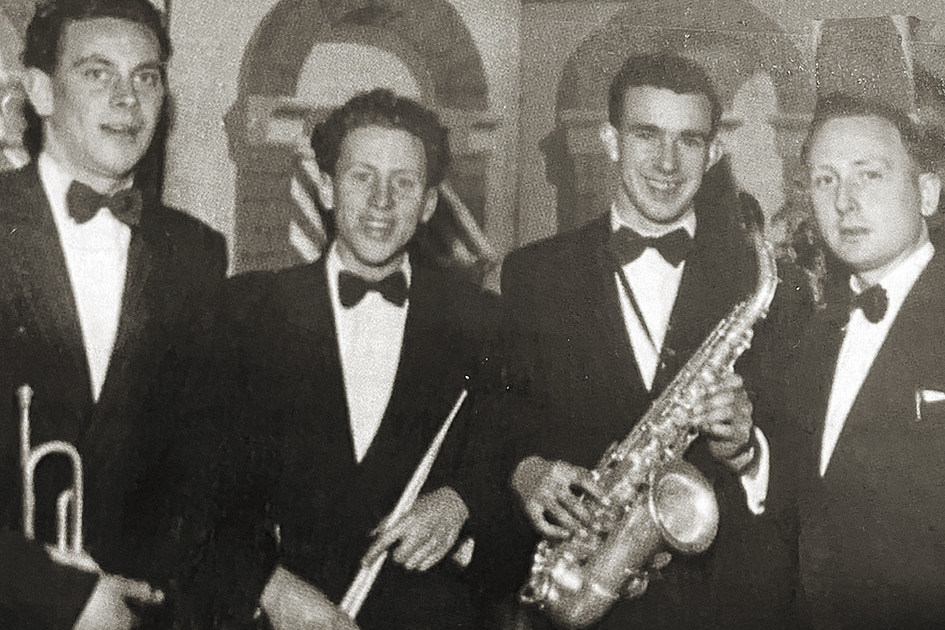General News
28 January, 2025
DANCE-DANCE-DANCE: The days of tripping the light fantastic! — By Brian Lennen
Many of us have wonderful memories of the Southern Cross Band and the familiar faces of its talented members.

None of the members were professional musicians as such.
The band evolved from the “Go-Lucky Band” in 1948 to the “Lucky Star Band to “Max Finch’s Dance Band” and finally the “Southern Cross Band”.
No venue within a reasonable distance was out of bounds and the bands played at over 80 different venues.
During their time the local dance was an institution and a must for most locals.
Statistics of the number of relationships that developed on the dance floor are too numerous to mention.
The bands played at venues from Amphitheatre to Wycheproof.
Their popularity was such that numbers in excess of 500 were in attendance on most occasions.
The band consisted of some near permanent members such as Max Finch, Arthur Hill, Bob Budge, Don Cassidy, Ray Harris, Reuben Tyers, Col Hutcheon, Ian McCann and Greg Waters added their local talents.
A “woolly-headed” Denis Fiorini on guitar and Jenny Wagstaff on saxophone were notables, along with Harold Hubble on drums.
The band was in constant demand and enjoyed a high level of popularity at all venues.
Large attendances were common in central Victoria at that time.
The 404 school ball was an anticipated annual event and continued for 27 years until the merger of schools in 2004.
The band produced six 78 RPM records at 3BA Ballarat studios in April 1956, October 1957 and July 1959.
Debutante balls drew capacity crowds in both Maryborough and Castlemaine and were sell-outs.
A highlight for the band was winning the “Battle of the Bands” in Horsham in 1961 (the palindromic year).
Ballroom dancing was incredibly popular with the dance floor often packed shoulder to shoulder.
Social interaction was afforded through the progressives “Pride of Erin” and the “Barn Dance”.
Prizes were awarded to couples when the band stopped playing and the winners were near a special spotlight. The band took great delight in interacting with the dancers.
Travelling to the venues across central Victoria wasn’t always a piece of cake.
On one occasion a cow was hit on the road and emergency transport had to be found.
Venturing to play at Bridgewater, the band’s vehicle finished up in a creek.
Fortunately they scaled the banks and made it to their venue.
After performing they found one of the cars had no headlights and had to trail another car all the way home.
Standards of dress were best described as neat casual.
The men usually in tailored trousers and shirts and highly polished shoes.
The women often wore “tulle” petticoats that billowed out. It was often a competition to see who could wear the most petticoats.
This article relies essentially on The Max Finch Dance Band Biography, compiled by Max and Margaret Finch.
To quote the author “over the years many people have enjoyed the music of these various bands, but most of all the musicians have shared friendships, fun and fond memories”.
Over the years the bands comprised innumerable members too many to list.
I apologise for all those who were part of the band’s story and haven’t been mentioned.
Sadly days of the dance are over, with the emergence of a myriad of entertainment forms and the changes in lifestyle.